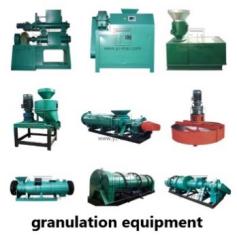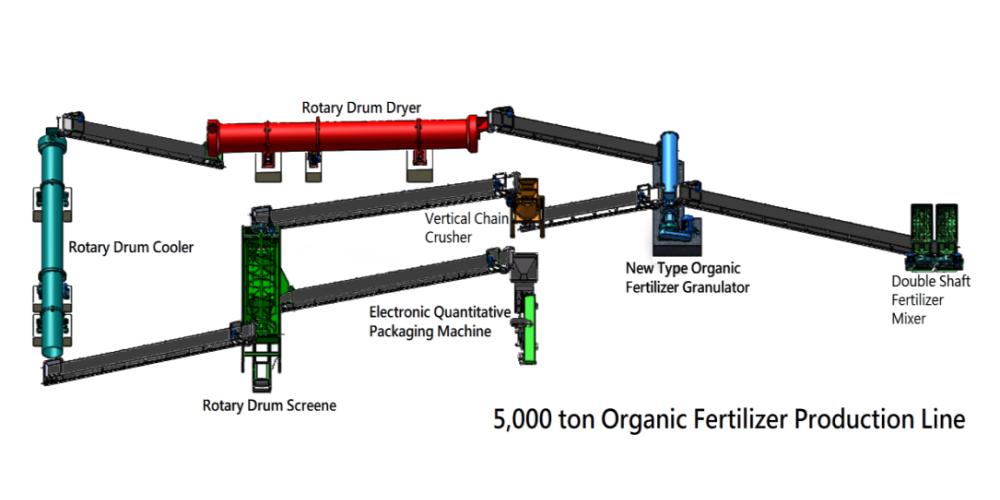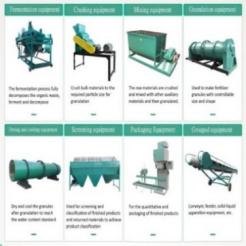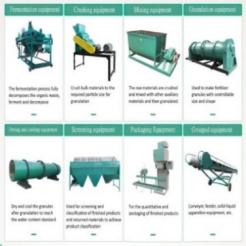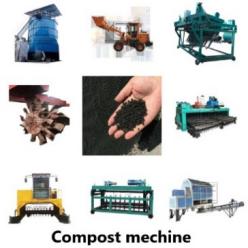Organic fertilizer granulator
Organic fertilizer granulator is a kind of equipment that processes organic fertilizer into granules. This equipment plays an important role in the production process of organic fertilizer. Organic fertilizer granulator can press organic fertilizer into different particle shapes and The size makes the application of organic fertilizer more convenient and effective. This article will introduce the working principle, characteristics and usage of the organic fertilizer granulator.
1. Working principle
The organic fertilizer granulator is a device that compresses organic fertilizers into granules by pressing. Its main working principle is to add the crushed and stirred organic fertilizer into the feed port of the granulator, and through the rotation of the rotary pressure roller, the organic fertilizer will generate compression and shear force under the action of the pressure roller to form different shapes. And the size of organic fertilizer particles.
2. Features
Efficient performance: The organic fertilizer granulator has an efficient granulation effect, and can quickly and evenly press the organic fertilizer into organic fertilizer particles of different sizes and shapes.
High stability: The pressure rollers, gears and bearings of the organic fertilizer granulator are made of high-strength materials and high-quality components, which make its operation stable and reliable, and can run continuously for a long time.
Diversity: The organic fertilizer granulator can produce organic fertilizer granules in different shapes, sizes and colors, which can be customized according to user needs.
Environmental protection and energy saving: the organic fertilizer granulator does not need to add other chemical substances during operation, has no pollution to the environment, and can save energy and reduce production costs.
3. How to use
Select the appropriate organic fertilizer: Before using the organic fertilizer granulator, you need to select the appropriate organic fertilizer to ensure that its water content and accumulation state meet the production requirements”


